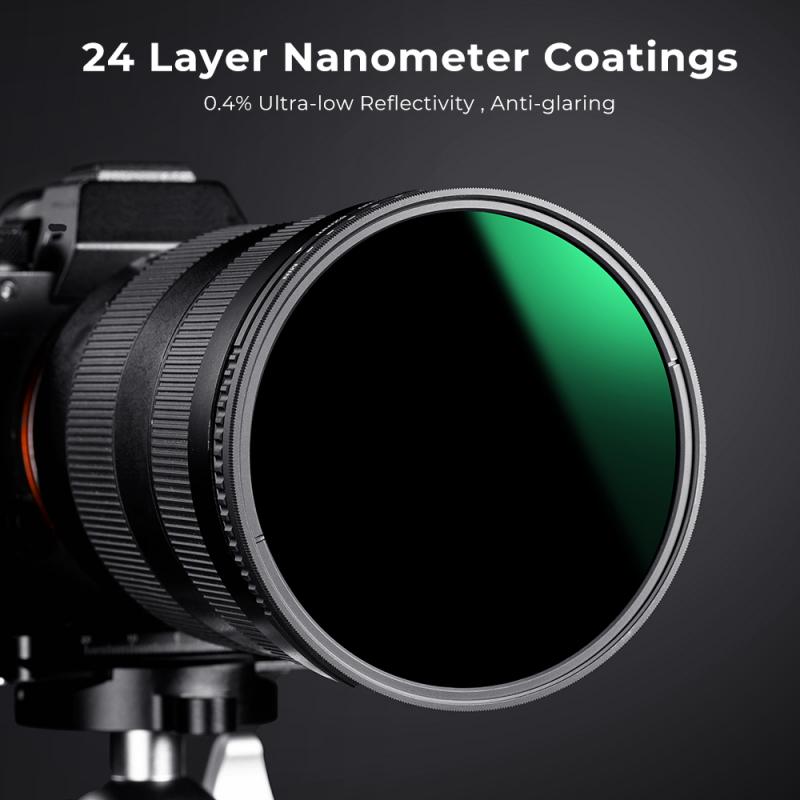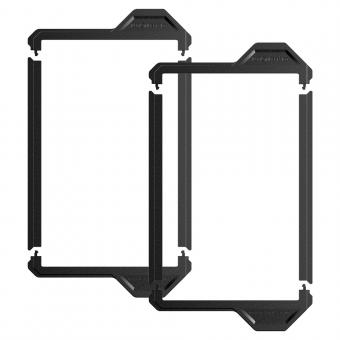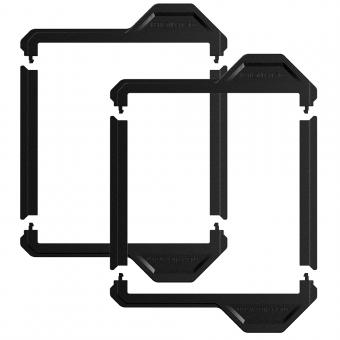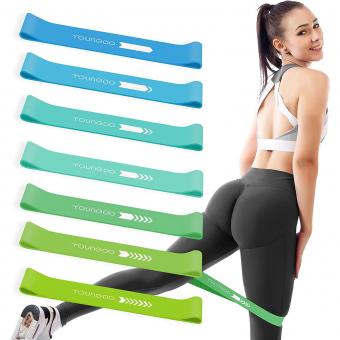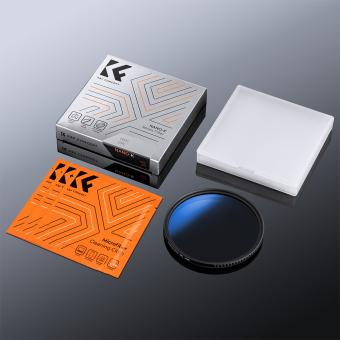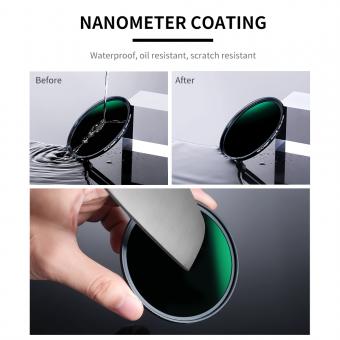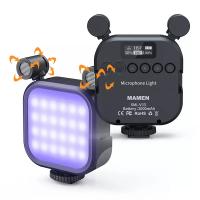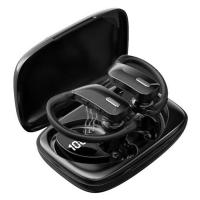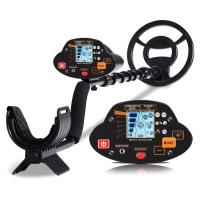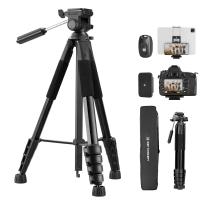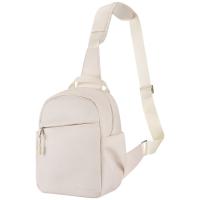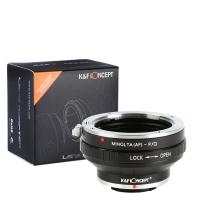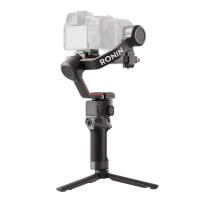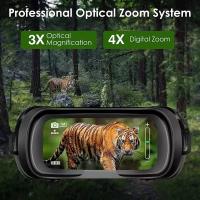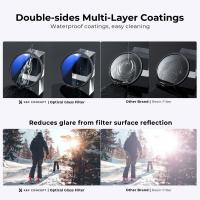What Strength Nd Filter Should I Buy ?
The strength of an ND filter depends on the specific photography or videography needs. Common strengths include ND2, ND4, ND8, ND16, and ND32. It is recommended to consider factors such as lighting conditions, desired exposure reduction, and the effect you want to achieve when choosing an ND filter.
1、 ND filter strength options for different lighting conditions
When it comes to choosing the right ND filter strength, it largely depends on the lighting conditions you are shooting in. ND filters are used to reduce the amount of light entering the camera, allowing you to use longer shutter speeds or wider apertures. This is particularly useful in situations where there is too much light, such as bright sunlight or when shooting waterfalls or rivers to achieve a smooth, flowing effect.
ND filters come in different strengths, usually measured in stops. The most common strengths are ND2, ND4, ND8, ND16, and ND32, with each filter reducing the light by 1, 2, 3, 4, and 5 stops respectively. The choice of strength depends on the intensity of the light and the effect you want to achieve.
In bright sunlight, a filter with a higher strength like ND8 or ND16 is recommended to reduce the light and allow for longer exposures. This can help create motion blur in moving subjects or achieve a shallow depth of field in bright conditions. On the other hand, in slightly overcast or low-light conditions, a filter with a lower strength like ND2 or ND4 may be sufficient.
It's important to note that the latest point of view suggests that photographers should consider investing in variable ND filters. These filters allow you to adjust the strength by rotating the filter, giving you more flexibility in different lighting conditions without carrying multiple filters. Variable ND filters are particularly useful when shooting in changing light conditions or when you want to fine-tune the amount of light reduction.
Ultimately, the choice of ND filter strength depends on the specific shooting situation and the effect you want to achieve. It's always a good idea to experiment with different strengths and see which one works best for your photography style.
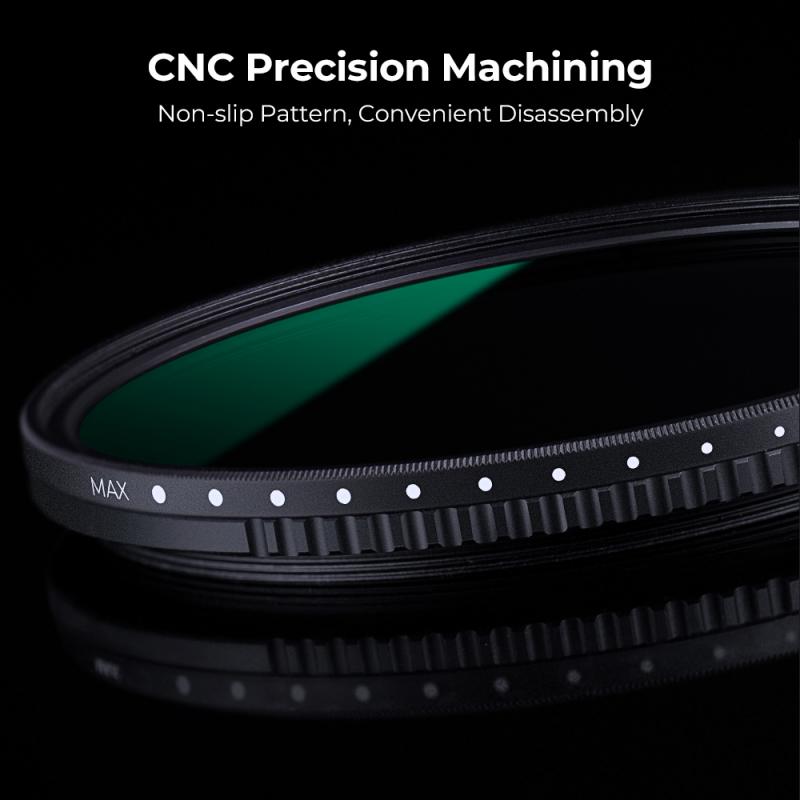
2、 Choosing the right ND filter strength for long exposure photography
Choosing the right ND filter strength for long exposure photography is a crucial decision that can greatly impact the outcome of your images. ND filters, or neutral density filters, are designed to reduce the amount of light entering the camera without affecting the color balance. This allows you to use longer shutter speeds, resulting in beautiful motion blur effects such as silky smooth waterfalls or streaking clouds.
The strength of an ND filter is measured in stops, which refers to the amount of light it blocks. Common ND filter strengths range from 1 stop to 10 stops or more. The choice of filter strength depends on the specific shooting conditions and the desired effect.
For beginners, a 3-stop or 6-stop ND filter is often recommended. These strengths are versatile and can be used in a variety of lighting conditions. They are suitable for capturing moderate motion blur in water or clouds during daylight hours. Additionally, they allow for longer exposures without completely blocking out all the light, making them more forgiving for exposure adjustments.
However, if you are looking to create more dramatic effects, such as completely smoothing out water or capturing streaking clouds in bright daylight, a higher strength ND filter may be necessary. A 10-stop or even a 15-stop ND filter can be used in these situations. These filters require longer exposure times and careful exposure calculations, but they can produce stunning results.
It's important to note that the choice of ND filter strength also depends on personal preference and the specific effect you want to achieve. Some photographers prefer subtle motion blur, while others prefer more pronounced effects. Experimentation and practice will help you determine the ideal ND filter strength for your style of photography.
In recent years, variable ND filters have gained popularity. These filters allow you to adjust the strength by rotating the filter, providing a range of options in a single filter. While convenient, variable ND filters can sometimes introduce color casts or image quality issues, so it's important to choose a high-quality variable ND filter if you decide to go this route.
Ultimately, the choice of ND filter strength for long exposure photography depends on your shooting conditions, desired effect, and personal preference. It's always a good idea to start with a versatile strength like 3-stop or 6-stop and gradually experiment with different strengths to find what works best for you.
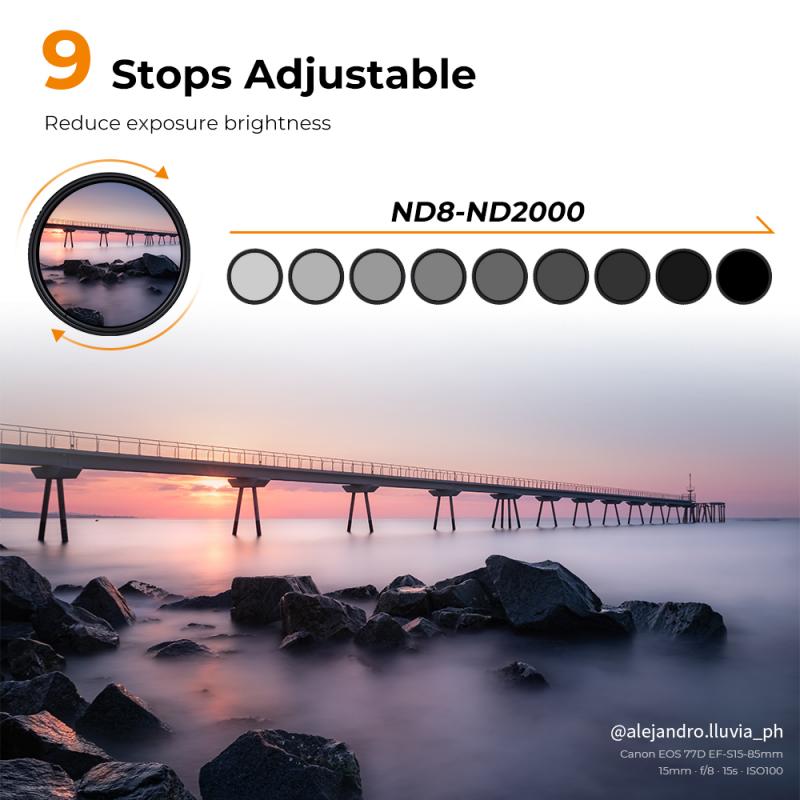
3、 Recommended ND filter strength for video recording in bright environments
The recommended ND filter strength for video recording in bright environments depends on various factors such as the intensity of the light, desired exposure settings, and the specific camera being used. However, a commonly recommended ND filter strength for shooting in bright conditions is around ND8 to ND16.
An ND8 filter reduces the amount of light entering the camera by three stops, while an ND16 filter reduces it by four stops. These filter strengths are suitable for situations where the light is quite intense, such as shooting in direct sunlight or on a beach during midday. They help to prevent overexposure and allow for a more balanced exposure in your video footage.
It's important to note that the specific strength of the ND filter you choose may vary depending on your personal preferences and the specific shooting conditions. Some videographers may prefer a stronger ND filter, such as an ND32 or ND64, for even brighter environments or to achieve a specific creative effect. On the other hand, others may find an ND4 or ND6 filter sufficient for their needs.
It's always a good idea to experiment with different ND filter strengths and assess the results to determine the best fit for your specific shooting conditions and desired exposure settings. Additionally, considering the latest advancements in camera technology, it's worth checking for any specific recommendations or updates from the camera manufacturer or professional videographers who specialize in your camera model.
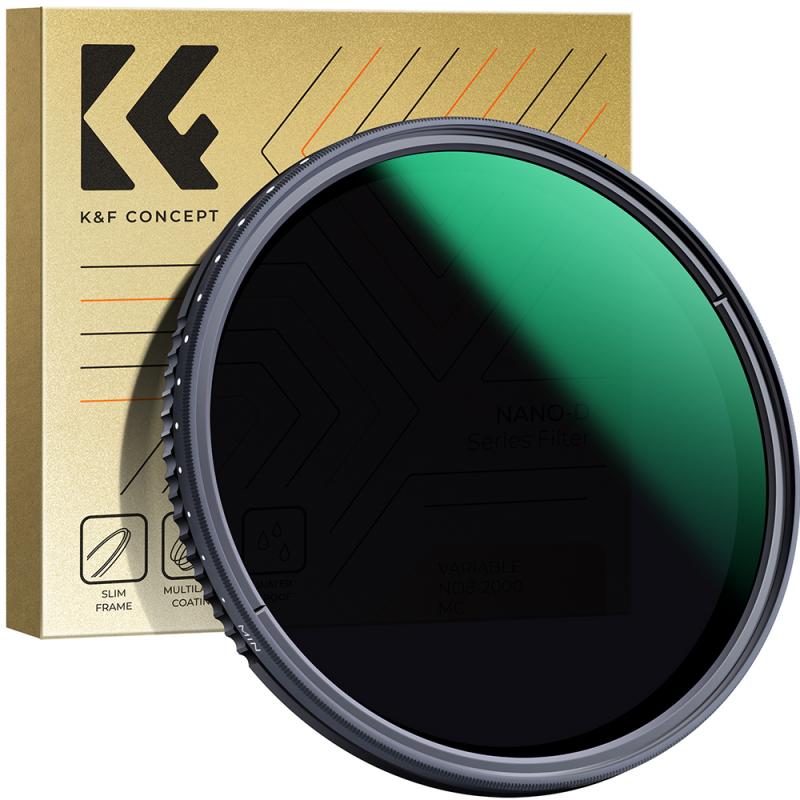
4、 ND filter strength considerations for landscape photography
When considering the strength of an ND filter for landscape photography, there are a few factors to take into account. The primary purpose of an ND filter is to reduce the amount of light entering the camera, allowing for longer exposure times. This can be particularly useful in landscape photography to achieve effects such as motion blur in water or clouds, or to capture a wider dynamic range in high-contrast scenes.
The strength of an ND filter is measured in stops, with higher numbers indicating a greater reduction in light. Common strengths range from 1-stop to 10-stop filters, with some extreme options going up to 15 or even 20 stops. The choice of strength depends on the specific effect you want to achieve and the lighting conditions you are shooting in.
For most landscape photography situations, a 3-stop or 6-stop ND filter is often sufficient. These strengths allow for a good balance between achieving longer exposure times and maintaining control over the overall exposure. They are versatile enough to capture the desired effects in various lighting conditions, from bright sunny days to slightly overcast skies.
However, it's worth noting that the choice of ND filter strength is subjective and can vary depending on personal preference and the specific scene being photographed. Some photographers may prefer stronger filters to achieve more dramatic effects, while others may opt for milder strengths to maintain more control over the exposure.
In recent years, there has been a growing trend towards using extremely strong ND filters, such as 10-stop or higher, to create long exposure images with surreal effects. These filters can produce stunning results, but they require careful exposure calculations and may not be suitable for all situations.
Ultimately, the choice of ND filter strength should be based on your creative vision and the specific requirements of the scene you are photographing. It's always a good idea to experiment with different strengths and see which one best suits your style and the effect you want to achieve.
